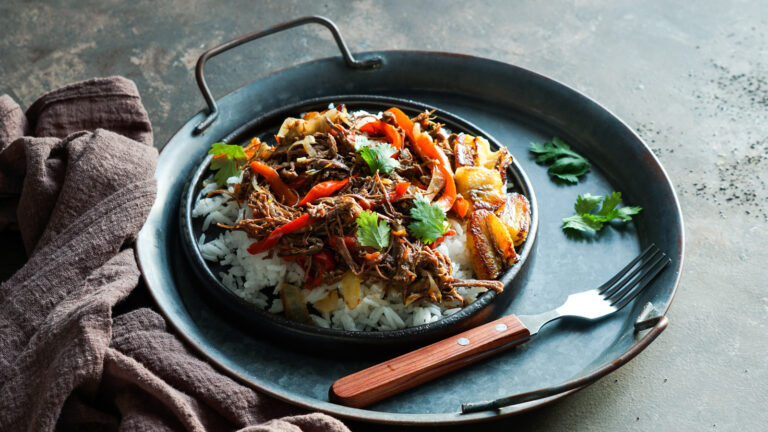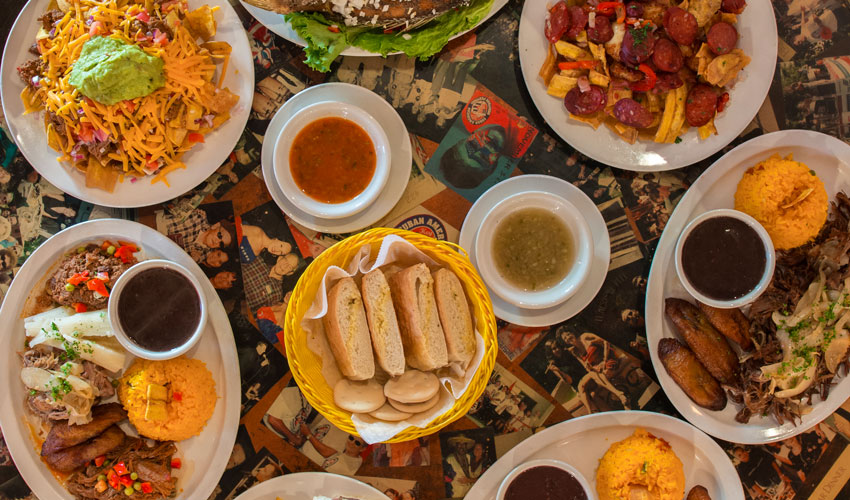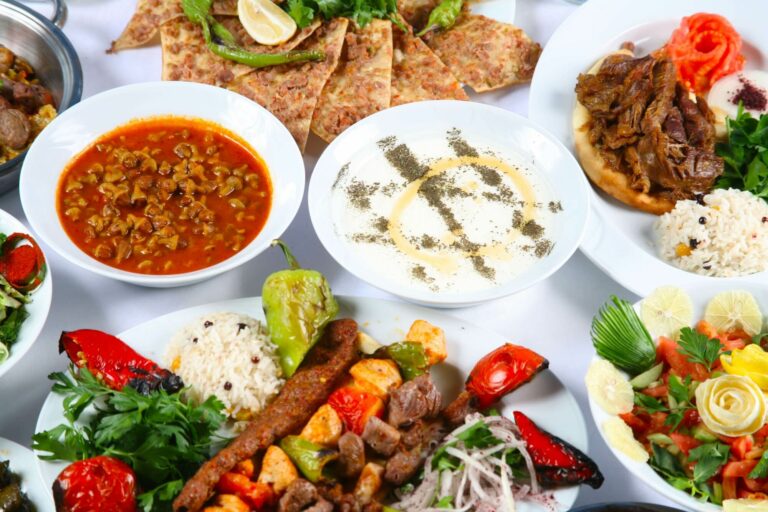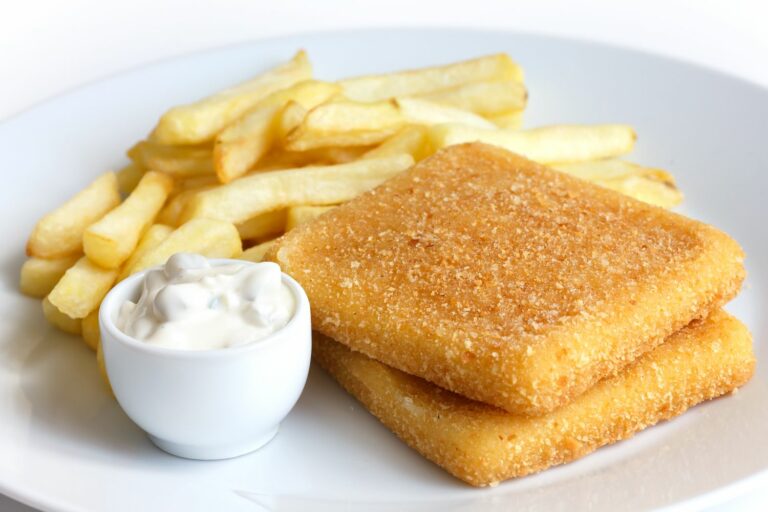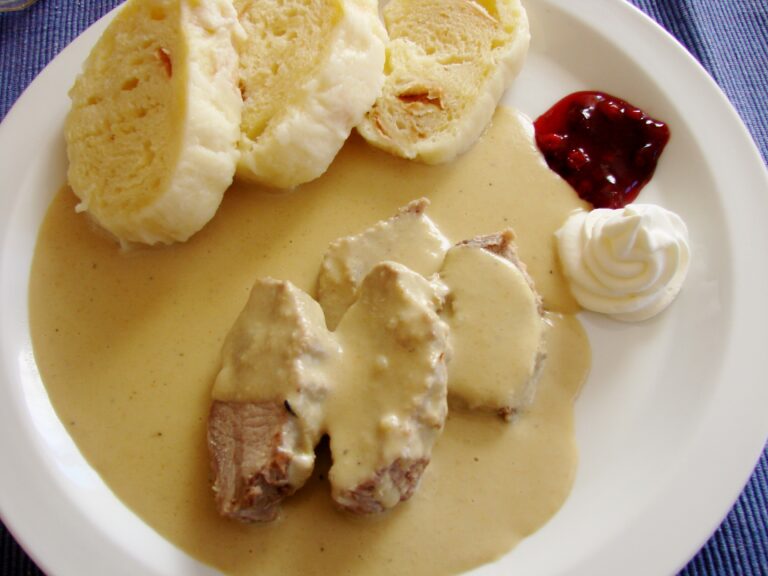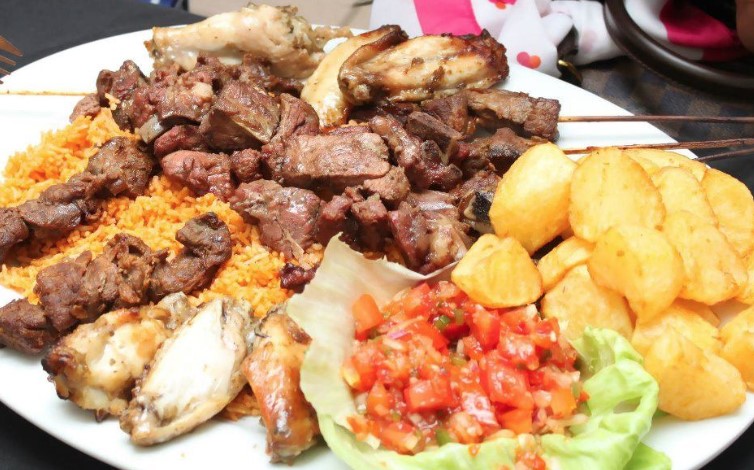Introduction: Croatian Breakfast Culture
Croatia is a country steeped in tradition, and its breakfast options reflect this. Breakfast in Croatia is typically a substantial meal, with a focus on locally sourced, fresh ingredients. While there are regional variations, there are several staples that can be found across the country, including bread, dairy products, cured meats, and sweet spreads.
The Classic Croatian Breakfast: Kava & Kruh
The classic Croatian breakfast consists of kava (coffee) and kruh (bread), usually served with butter and jam. The bread can be anything from a freshly baked sourdough to a traditional, round loaf called lepinja. In some regions, the bread is toasted and served with a soft-boiled egg for added protein. This breakfast may seem simple, but it is delicious and satisfying, perfect for fueling a day of sightseeing or outdoor activities.
Fresh Dairy Products: Sir, Kajmak, and Jogurt
Dairy products are an integral part of the Croatian breakfast spread. Sir (cheese) is a staple, and there are many varieties to choose from, including fresh cow’s milk cheese to aged sheep’s milk cheese. Kajmak is a creamy spread made from simmering milk until it thickens and forms a crust. It is often served on bread or with meat dishes. Jogurt (yogurt) is also popular and is often served with fresh fruit or granola for added texture.
The Savory Side: Šunka, Salama, and Kulen
Cured meats are a common addition to the Croatian breakfast table. Šunka (ham) is a staple, often served thinly sliced with bread and cheese. Salama (salami) and kulen (spicy sausage) are also popular choices and can be found in most markets and delis. These meats provide a protein-rich start to the day and are perfect for those who prefer a savory breakfast.
The Sweet Side: Med, Marmelada, and Čokolada
Sweet spreads are an essential part of the Croatian breakfast experience. Med (honey) is a popular choice and is often served with fresh bread and cheese. Marmelada (marmalade) is a sweet fruit spread that can be made from a variety of fruits, including orange, lemon, and fig. Čokolada (chocolate) is also a favorite, often spread on bread or served with hot milk for a sweet and decadent start to the day.
Traditional Croatian Pastries: Burek and Fritule
Croatia is famous for its pastries, and many of these delicacies can be found on breakfast menus. Burek is a savory pastry made with flaky dough and filled with meat, cheese, or spinach. Fritule are small, fried doughnuts that are often served with powdered sugar or honey. These pastries are perfect for those who want a heartier breakfast or a sweet treat to start the day.
Regional Breakfast Specialties: From Zagreb to Dubrovnik
Every region in Croatia has its own specialty breakfast dish. In Zagreb, štrukli (a savory pastry filled with cheese) is a local favorite. On the coast, fresh fish and seafood dishes are popular, with traditional breakfasts often featuring grilled sardines or octopus salad. Dubrovnik is famous for its rožata, a sweet custard dessert made with eggs, sugar, and lemon zest. Exploring the regional breakfast specialties is a great way to experience the diversity of Croatian cuisine.
Accompanying Beverages: Rakija, Čaj, and Sok
Beverages are an important part of the Croatian breakfast experience. Rakija is a traditional, fruit brandy that is often served as a digestif after meals. However, some Croatians enjoy it with breakfast as well. Čaj (tea) is also common, with many varieties to choose from, including herbal teas and blends made from local ingredients. Sok (juice) is a refreshing option and can be found in most cafes and restaurants, with cherry and grape juice being popular choices.
In conclusion, breakfast in Croatia is a delicious and varied affair, with something to suit every palate. Whether you prefer savory or sweet, hearty or light, the traditional breakfast options in Croatia have got you covered. So, next time you find yourself in Croatia, be sure to sample some of these delicious breakfast dishes and experience the rich culinary heritage of this beautiful country.


